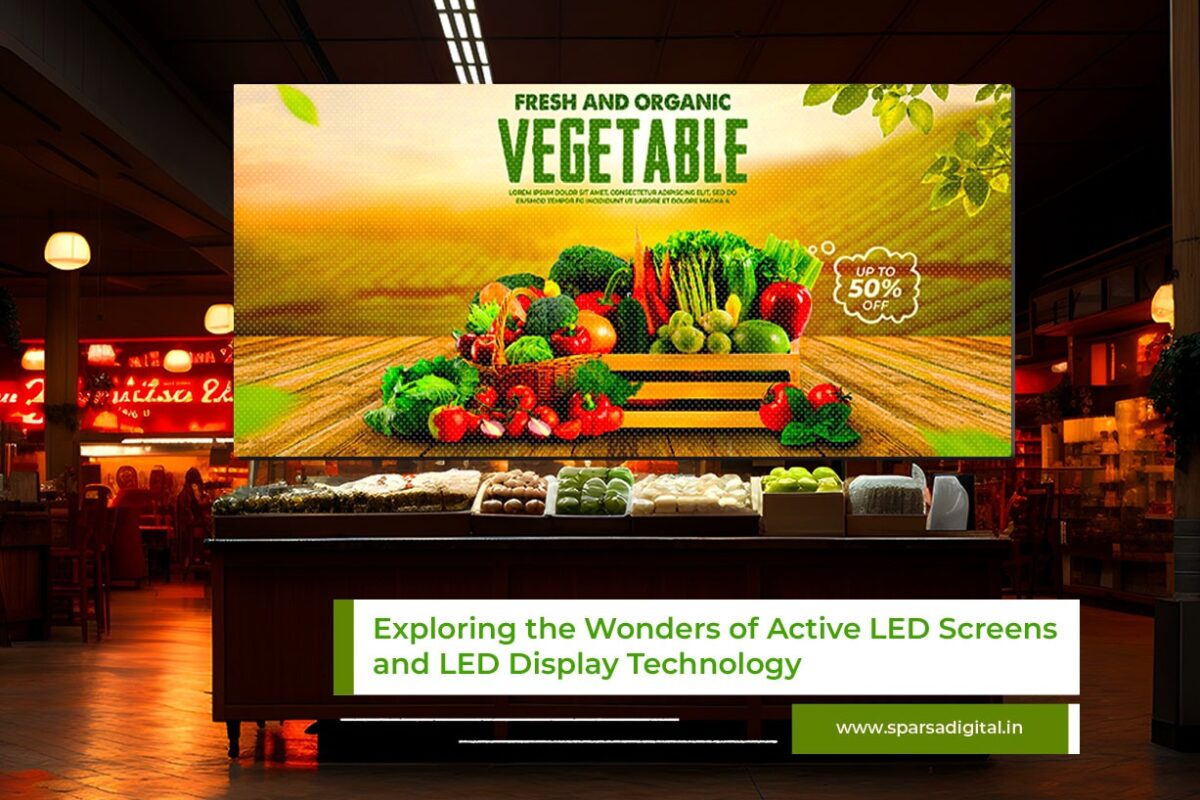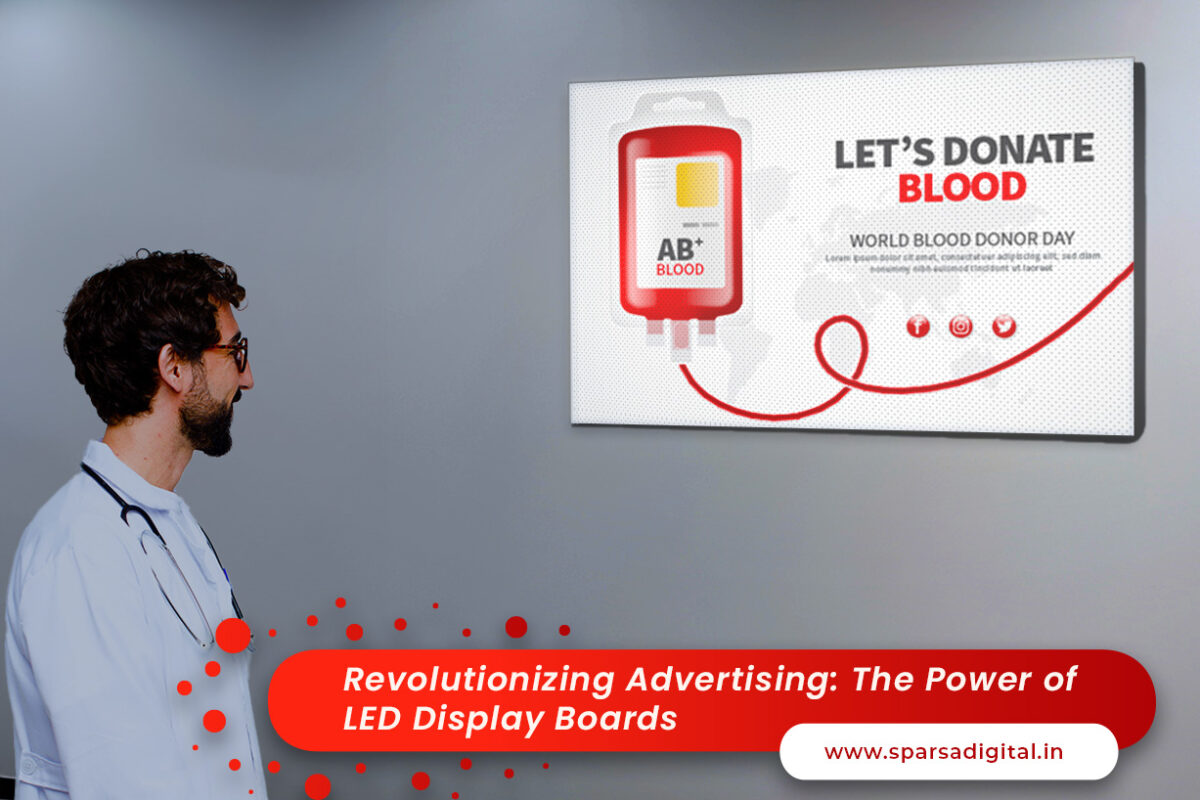In the fast-paced world of corporate environments, effective communication is vital for success. Whether it’s disseminating important information to employees, showcasing products and services to clients, or creating an engaging workplace environment, communication lies at the heart of corporate culture. In recent years, digital signage displays have emerged as powerful tools for enhancing communication within corporate settings. From office lobbies to conference rooms, digital signage has transformed the way businesses engage with their audience. In this blog post, we’ll explore the concept of corporate digital signage, its benefits, and how businesses can leverage digital signage displays to improve communication and enhance the overall corporate experience.
Understanding Corporate Digital Signage
Corporate digital signage refers to the use of digital displays, such as LCD or LED screens, to convey information, messages, and multimedia content within a corporate environment. These displays are strategically placed in high-traffic areas such as lobbies, hallways, conference rooms, and employee break rooms to ensure maximum visibility and impact. Unlike traditional static signs or posters, digital signage offers dynamic, interactive, and customizable content delivery, making it ideal for capturing attention and engaging viewers.
Benefits of Corporate Digital Signage
- Enhanced Communication: Digital signage provides a dynamic platform for delivering targeted messages to employees, clients, and visitors. Whether it’s company news, event announcements, or safety reminders, digital displays ensure that information is conveyed effectively and efficiently.
- Increased Engagement: Interactive features such as touchscreen displays or QR code integration enable viewers to interact with content, fostering greater engagement and participation. This interactivity can be leveraged for training sessions, product demonstrations, or interactive maps within corporate facilities.
- Cost-Effective: While initial setup costs may be higher than traditional signage, digital displays offer long-term cost savings by eliminating the need for printing and distributing physical materials. Updates and changes to content can be made remotely, reducing operational costs associated with manual maintenance.
- Brand Building: Digital signage serves as a powerful branding tool, allowing businesses to showcase their brand identity, values, and offerings in a visually compelling manner. Consistent branding across all digital displays reinforces brand recognition and strengthens corporate identity.
- Real-Time Updates: Unlike static signage, digital displays enable real-time updates and dynamic content scheduling. This flexibility allows businesses to react quickly to changing circumstances, such as emergency notifications, schedule changes, or promotional updates.
- Data Analytics: Many digital signage platforms offer built-in analytics tools that provide insights into viewer demographics, content engagement, and effectiveness. This data can be invaluable for refining content strategies, optimizing message delivery, and measuring the impact of digital signage campaigns.
Applications of Digital Signage in Corporate Settings
- Internal Communication: Digital signage can be used to disseminate internal communications such as company news, HR updates, employee recognition programs, and safety reminders. By displaying relevant information in key areas, businesses can keep employees informed and engaged.
- Wayfinding and Navigation: In large corporate campuses or office buildings, digital signage can serve as interactive wayfinding tools, helping employees and visitors navigate complex environments. Interactive maps, directional signage, and floor directories can streamline navigation and improve the overall visitor experience.
- Meeting Room Signage: Digital displays outside meeting rooms can provide real-time information about room availability, scheduled meetings, and booking status. Integrating with calendar systems ensures that meeting room information is accurate and up-to-date, reducing scheduling conflicts and improving efficiency.
- Corporate Branding and Messaging: Digital signage offers opportunities for businesses to showcase their brand identity, values, and corporate messaging. Whether it’s highlighting company achievements, promoting corporate social responsibility initiatives, or reinforcing brand values, digital displays can effectively communicate corporate identity to employees and visitors alike.
- Training and Education: Digital signage can be utilized for employee training and education purposes, providing access to interactive training modules, instructional videos, and informational content. This can be particularly beneficial for onboarding new employees, communicating corporate policies, or delivering compliance training.
- Visitor Welcome and Information: In corporate lobbies or reception areas, digital signage can welcome visitors, provide visitor instructions, and showcase company highlights. Interactive displays can offer self-service check-in options, visitor registration forms, and directory assistance, enhancing the visitor experience and improving operational efficiency.
Best Practices for Implementing Corporate Digital Signage
- Define Objectives: Clearly outline your communication objectives and target audience to ensure that your digital signage strategy aligns with business goals.
- Content Strategy: Develop a content strategy that includes a mix of informational, promotional, and interactive content tailored to the needs and interests of your audience.
- Design Considerations: Pay attention to visual design elements such as color schemes, typography, and branding guidelines to create visually appealing and cohesive content.
- Placement and Visibility: Place digital displays in high-traffic areas where they are easily visible and accessible to employees, clients, and visitors.
- Content Management System (CMS): Choose a reliable CMS platform that offers ease of use, content scheduling, remote management, and analytics capabilities.
- Regular Updates and Maintenance: Keep content fresh and relevant by regularly updating and refreshing digital signage content. Ensure that displays are properly maintained and functioning optimally at all times.
- Training and Support: Provide training and support to content creators and administrators to ensure proficiency in using digital signage tools and platforms.
Conclusion
Corporate digital signage represents a powerful communication tool that can transform the way businesses engage with their audience. By leveraging digital displays strategically placed throughout corporate environments, businesses can enhance communication, increase engagement, and reinforce their brand identity. From internal communications and wayfinding to branding and training, the applications of digital signage in corporate settings are vast and varied. By adopting best practices for implementation and content management, businesses can unlock the full potential of digital signage to create dynamic and impactful corporate environments.





